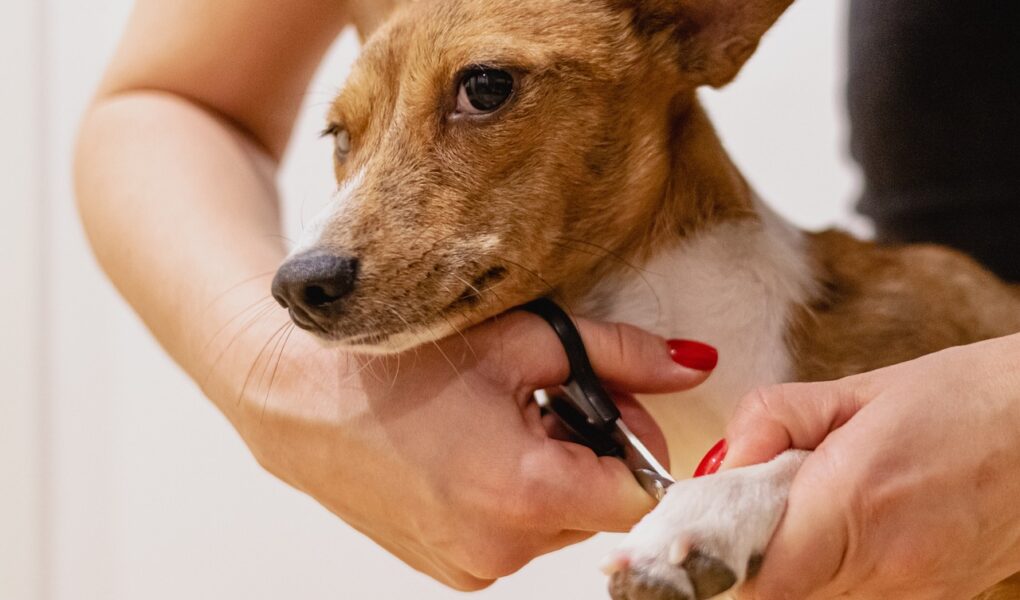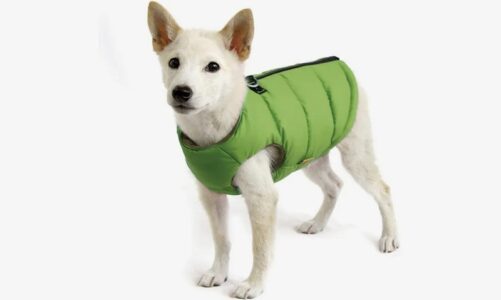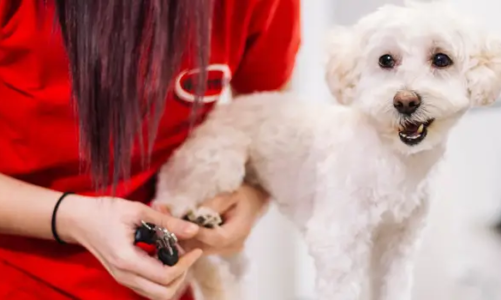As dog owners, we’re often faced with questions and concerns about caring for our furry companions, especially when it comes to grooming and handling mishaps. Two common queries revolve around whether can i walk my dog after cutting the quick during nail trimming and how to handle a dog nibbling on their ears. Let’s delve into these topics to ensure the safety and well-being of our beloved pets.
Can I Walk My Dog After Cutting the Quick?
Cutting the quick, sensitive tissue in a dog’s nail, can be painful and may cause bleeding. While it’s understandable to worry about taking your dog for a walk after such an incident, it’s generally safe to do so once the bleeding has stopped and the wound has been appropriately treated.
If you accidentally cut the quick while trimming your dog’s nails, immediately apply pressure to the nail with a clean cloth or styptic powder to stop the bleeding. Once the bleeding has ceased, gently clean the area with mild soap and water to prevent infection.
Afterward, monitor your dog for any signs of discomfort or limping. If they seem to be in pain or if the bleeding persists, it’s best to refrain from walking them until they’ve fully recovered. Additionally, consider using a paw protectant or booties to shield the injured nail during walks and prevent further irritation.
Addressing Dog Nibble Ear Concerns:
“Dog nibble ear “causes various reasons, including boredom, allergies, or skin irritation. While occasional ear nibbling may not be cause for concern, persistent or excessive nibbling could indicate an underlying issue that requires attention.
Start by examining your dog’s ears for signs of redness, inflammation, or discharge, which may indicate an ear infection or allergy. If you notice any abnormalities, consult with your veterinarian for proper diagnosis and treatment.
In some cases, ear nibbling may be a behavioral issue stemming from anxiety or boredom. Providing plenty of mental and physical stimulation through regular exercise, interactive play, and enrichment activities can help alleviate boredom and reduce the urge to nibble on ears.
Additionally, consider providing your dog with appropriate chew toys or treats to redirect their chewing behavior away from their ears. Rewarding alternative behaviors, such as sitting calmly or playing with toys, can also help reinforce positive habits.
Conclusion:
While accidents like cutting the quick during nail trimming and concerns about ear nibbling may cause momentary worry for dog owners, addressing these issues promptly and appropriately can ensure the well-being of our canine companions. By following proper wound care protocols and addressing underlying reasons for ear nibbling, we can help keep our dogs healthy, happy, and comfortable.
Remember, if you’re ever unsure about how to handle a grooming mishap or concerning behavior, don’t hesitate to reach out to your veterinarian for guidance and support. With patience, care, and proactive measures, we can navigate these challenges and continue providing the best possible care for our beloved dogs.




